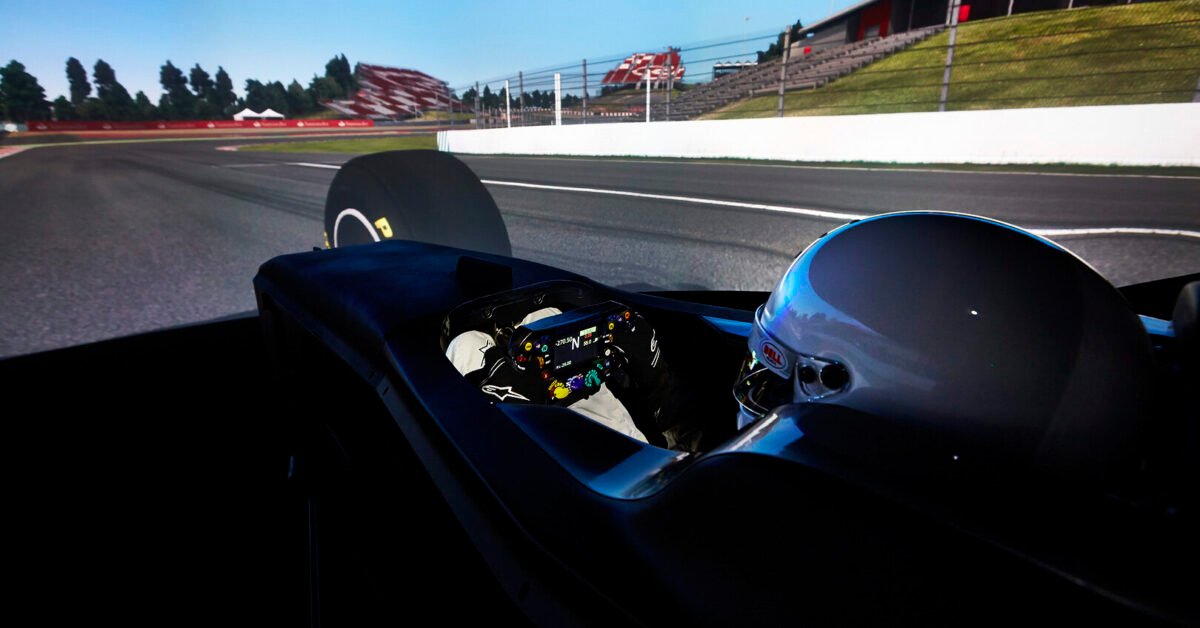Formula 1 is on the cusp of a regulatory revolution for the 2026 season. According to the sport’s governing body, the FIA, this new era will begin with a significant and intentional performance drop. The next-generation cars will be designed around a dramatically different power unit and a bold new aerodynamic philosophy.
However, these new cars are projected to be substantially slower than today’s ground-effect machines. The new 2026 regulations introduce new changes that will affect speed both on straight lines and in corners.
2026 regulations and the energy dilemma
The primary reason for this anticipated slowdown is a fundamental shift in the power unit. 2026 will see the removal of the complex Motor Generator Unit-Heat (MGU-H) and place a much greater emphasis on electrical energy.
The internal combustion engine’s output will be reduced, while the power from the MGU-K will be tripled. In addition to this, the amount of energy permitted per lap from the battery is being capped. This creates a major challenge as the cars will have over 1000 horsepower for short bursts only.
🎙| What is 2026 going to look like?
✍️| The FIA has proposed plans to keep the competition close with a new program!
👀| How will the grid shape up?
We discussed it during the latest episode of The Fastest Podcast👇#F1 #CadillacF1Team https://t.co/QjPBbnyq24
— Fastest Pitstop (@FastestPitStop) August 20, 2025
For a significant portion of a lap, drivers will be managing a severe energy deficit. This means they will effectively be running on reduced power to recharge the battery.
Constraining the energy like this directly impacts straight-line speed. Nikolas Tombazis, the FIA’s single-seater director, weighs in on the changes and their impact, predicting the cars could be up to five seconds per lap slower on some circuits under the 2026 regulations.
On a track like Barcelona’s Circuit de Catalunya, lap times are estimated to balloon from the current 1:12.000 to around 1:16.000. However, the most dramatic effect will be seen on high-speed tracks with long straights. Tombazis suggests that this could be the case at Monza. Top speeds on the main straight here could drop by a staggering 30 km/h as a result of the energy deployment limits and a significant reduction in drag.
Is this a necessary trade-off?
This drag reduction is the second key factor. 2026 regulations will mean cars are smaller, lighter and designed with a focus on minimising drag to compensate for the power deficit. However, this comes at the cost of downforce.
Manual Override, Active Aerodynamics and More – How the 2026 Regulations Will Change Formula 1
The new features will have moveable front and rear wings to toggle between low-drag and high-downforce modes. However, the new active aerodynamics will not fully make up for the loss of grip. Consequently, the cars will be slower on the straights and will have less cornering grip than their 2025 predecessors.
Under the 2026 regulations, the FIA is trading short-term lap time for long-term sustainability and racing spectacle. It aims to create a more efficient formula, promote closer racing and attract new engine manufacturers like Audi and Ford.rrr
While the initial step back in pace may be jarring for drivers and fans alike, the governing body believes it is a necessary foundation for a faster, more competitive future.












